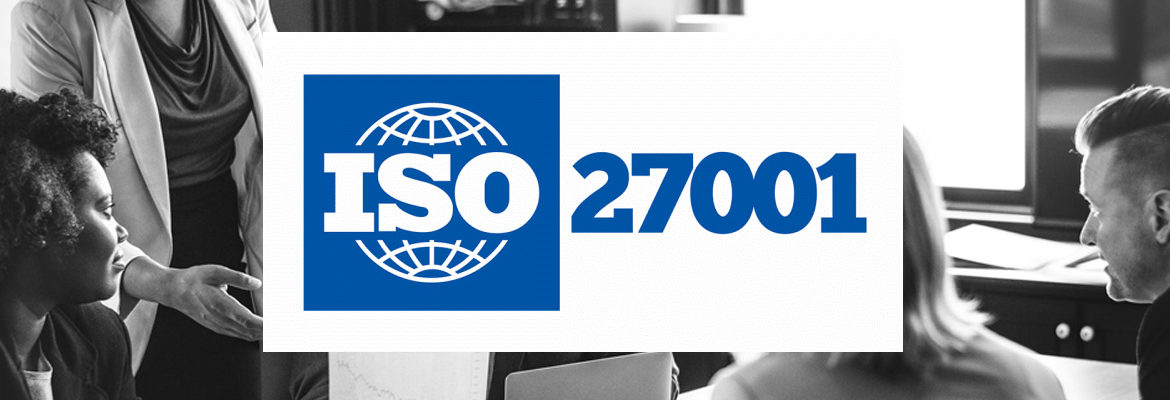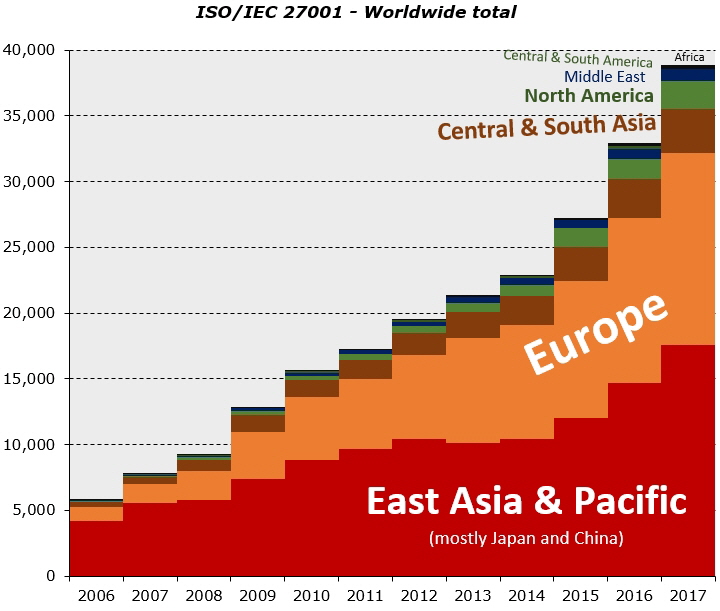- +44 800 052 2424 +44 800 052 2425
- info@ukglobal.uk www.ukglobal.uk

| ISO/IEC 27001:2013 | |
ISO/IEC 27001 formally specifies an Information Security Management System (ISMS), a suite of activities concerning the management of information risks (called ‘information security risks’ in the standard). The ISMS is an overarching management framework through which the organization identifies, analyzes and addresses its information risks. The ISMS ensures that the security arrangements are fine-tuned to keep pace with changes to the security threats, vulnerabilities and business impacts - an important aspect in such a dynamic field, and a key advantage of ISO27k’s flexible risk-driven approach as compared to, say, PCI-DSS. The standard covers all types of organizations (e.g. commercial enterprises, government agencies, non-profits), all sizes (from micro-businesses to huge multinationals), and all industries or markets (e.g. retail, banking, defense, healthcare, education and government). This is clearly a very wide brief. ISO/IEC 27001 does not formally mandate specific information security controls since the controls that are required vary markedly across the wide range of organizations adopting the standard. The information security controls from ISO/IEC 27002 are noted in annex A to ISO/IEC 27001, rather like a menu. Organizations adopting ISO/IEC 27001 are free to choose whichever specific information security controls are applicable to their particular information risks, drawing on those listed in the menu and potentially supplementing them with other a la carte options (sometimes known as extended control sets). As with ISO/IEC 27002, the key to selecting applicable controls is to undertake a comprehensive assessment of the organization’s information risks, which is one vital part of the ISMS. Structure of the standard ISO/IEC 27001:2013 has the following sections: Introduction - the standard describes a process for systematically managing information risks. 1 Scope - it specifies generic ISMS requirements suitable for organizations of any type, size or nature. 2 Normative references - only ISO/IEC 27000 is considered absolutely essential to users of ’27001: the remaining ISO27k standards are optional. 3 Terms and definitions - see ISO/IEC 27000. 4 Context of the organization - understanding the organizational context, the needs and expectations of ‘interested parties’ and defining the scope of the ISMS. Section 4.4 states very plainly that “The organization shall establish, implement, maintain and continually improve” the ISMS. 5 Leadership - top management must demonstrate leadership and commitment to the ISMS, mandate policy, and assign information security roles, responsibilities and authorities. 6 Planning - outlines the process to identify, analyze and plan to treat information risks, and clarify the objectives of information security. 7 Support - adequate, competent resources must be assigned, awareness raised, documentation prepared and controlled. 8 Operation - a bit more detail about assessing and treating information risks, managing changes, and documenting things (partly so that they can be audited by the certification auditors). 9 Performance evaluation - monitor, measure, analyze and evaluate/audit/review the information security controls, processes and management system, systematically improving things where necessary. 10 Improvement - address the findings of audits and reviews (e.g. nonconformities and corrective actions), make continual refinements to the ISMS. Annex A Reference control objectives and controls - little more in fact than a list of titles of the control sections in ISO/IEC 27002. The annex is ‘normative’, implying that certified organizations are expected to use it, but the main body says they are free to deviate from or supplement it in order to address their particular information risks. Annex A alone is hard to interpret. Please refer to ISO/IEC 27002 for more useful detail on the controls, including implementation guidance. Bibliography - points readers to five related standards, plus part 1 of the ISO/IEC directives, for more information. In addition, ISO/IEC 27000 is identified in the body of the standard as a normative (i.e. essential) standard and there are several references to ISO 31000 on risk management. “Certification" Certified compliance with ISO/IEC 27001 by an accredited and respected certification body is entirely optional but is increasingly being demanded from suppliers and business partners by organizations that are (quite rightly!) concerned about the security of their information, and about information security throughout the supply chain or network. |
|
Metrics |
|
 |
|
History |
|